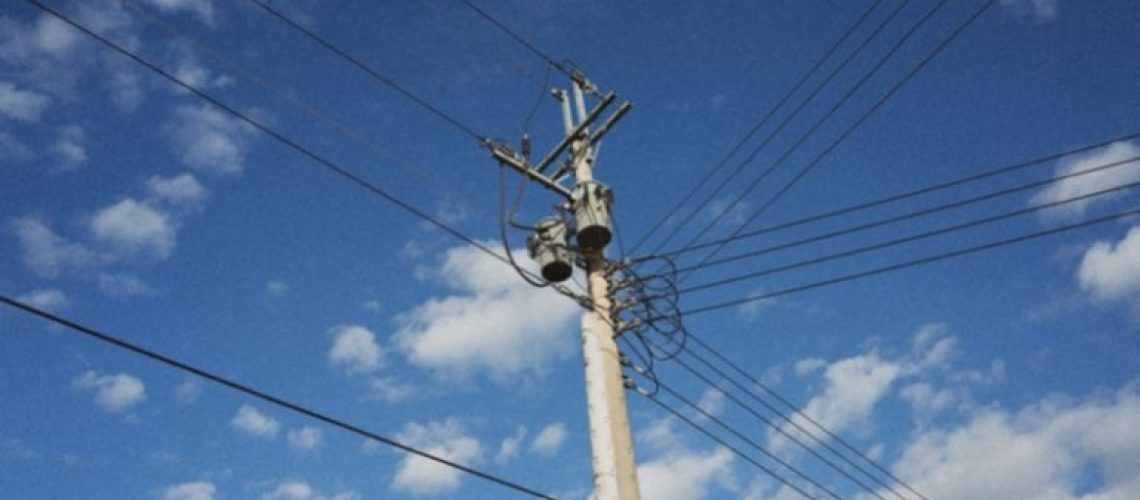A ruling by the New Mexico Public Regulation Commission on November 30, 2022 significantly improves the state’s interconnection rules by incorporating national best practices for the review of renewable and energy storage projects.
The rules, which govern how distributed energy resources (DERs) like solar and energy storage can connect to the electric distribution grid, are the product of a robust stakeholder engagement process and include a number of recommendations proposed by the Interstate Renewable Energy Council (IREC). Many of these practices are based on recommendations developed by IREC and a team of expert partners under a multi-year project called “BATRIES,” which aims to reduce cost and time barriers to the safe and reliable interconnection of energy storage with support from the U.S. Department of Energy Solar Energy Technologies Office.
“New Mexico’s rules had not been updated in over a decade and interconnection was becoming a major impediment to deployment of community solar, energy storage, and other projects in the state,” said Sky Stanfield, attorney for IREC. “The new rules are transparent, robust and track national best practices in a range of areas. This decision will enable the use of new technologies and will facilitate efficient and safe interconnection of projects going forward.”
One of the most important developments in the new rules is that they now recognize a class of projects called non- and limited-export projects, in which controls are used to limit whether or how much electricity is sent from the DER system to the grid. Recognizing and enabling this capability is a key part of capturing the benefits of energy storage in particular. As technologies like energy storage have outpaced DER interconnection rules, many export limiting projects have faced barriers to interconnection because the review processes that utilities use are based on inaccurate assumptions about how these systems will operate. The new rules recognize export limiting capabilities and establish appropriate review processes that safely and reliably review these projects in accordance with how they operate. As part of this, New Mexico became the first state in the nation to adopt a screen to evaluate the impacts of the “inadvertent export,” that can occur in export controlled systems under certain conditions.
The new rules also establish a timeline and pathway for the use of smart inverters in New Mexico. Inverters are a key part of renewable energy systems, converting direct current into alternating current that can be sent to the grid. Smart inverters are advanced inverters that can sense conditions on the grid and modify a DER system’s operation to support the stability of the grid (among other functions). The Commission ruled that starting on March 28, 2023 all new inverters on DER systems will be required to be smart inverters that comply with the requirements of IEEE 1547-2018, a related technical standard. The use of smart inverters can enable the grid to accommodate significantly higher levels of DERs with less need for costly upgrades, so this forward-looking policy will position the state to successfully incorporate more renewable energy systems.
“These changes are a major milestone in adopting smart inverter settings realized in the new IEEE 1547-2018 standard and transparently implementing them in New Mexico,” said IREC Regulatory Program Engineer Midhat Mafazy, who provided technical guidance on best practices in this area. “IREC applauds the NM PRC’s efforts to recognize and establish minimum requirements for generating facilities meeting IEEE 1547-2018, and to require oversight (through stakeholder engagement and Commission approval) of any remaining IEEE 1547-2018 settings.”
The new interconnection rules also include changes to the screening processes that utilities use to evaluate the potential impacts that a proposed project could have on the grid when deciding whether to approve it for interconnection. Larger projects can now qualify for simplified and fast track review processes, particularly if they utilize export limiting. Additionally, a common but imprecise rule of thumb that is used in the interconnection process (“15% of peak load”) was replaced with a more precise screen based on more relevant grid conditions (“100% of minimum load”).
Another notable improvement from the Commission requires utilities to track data on the status of interconnection requests and report on that data twice per year. Across the nation, despite the fact that interconnection delays are a common challenge for renewable energy projects, lack of data and required reporting is a major barrier to increased accountability that could improve the process. This tracking requirement will allow the Commission to assess compliance with established interconnection processes and timelines.
Additionally, in the event that the interconnection review process determines that a project cannot interconnect without costly upgrades to equipment on the grid, project developers will now have a pathway to modify their projects in certain instances to address the system constraints identified. This pathway could enable projects to interconnect that otherwise would have had to withdraw and reapply for interconnection review, a process that can add months or years to the development timeline.
Finally, the new interconnection rules also open the door to more equitable distribution of grid upgrade costs. Historically in New Mexico, and most other states, if a proposed project requires upgrades to the grid to safely interconnect, the developer must pay the full cost of those upgrades, even though subsequent projects will benefit from them. The Commission adopted new rule language that allows it “to consider, on a case by case basis, whether a particular situation may be eligible for cost-sharing (whether among similarly situated applicants or in rates).” Although the details of such cost sharing policies will be developed in a future ruling, the decision to create a pathway for cost sharing is notable and consistent with emerging best practices around the nation.
New Mexico’s revised interconnection rules put it at the forefront of utility regulations that better recognize the capabilities of modern renewable energy technologies and streamline the deployment of DERs in a safe and affordable manner. Readers interested in additional detail about the ruling can find further analysis on IREC’s website.
News item from IREC



